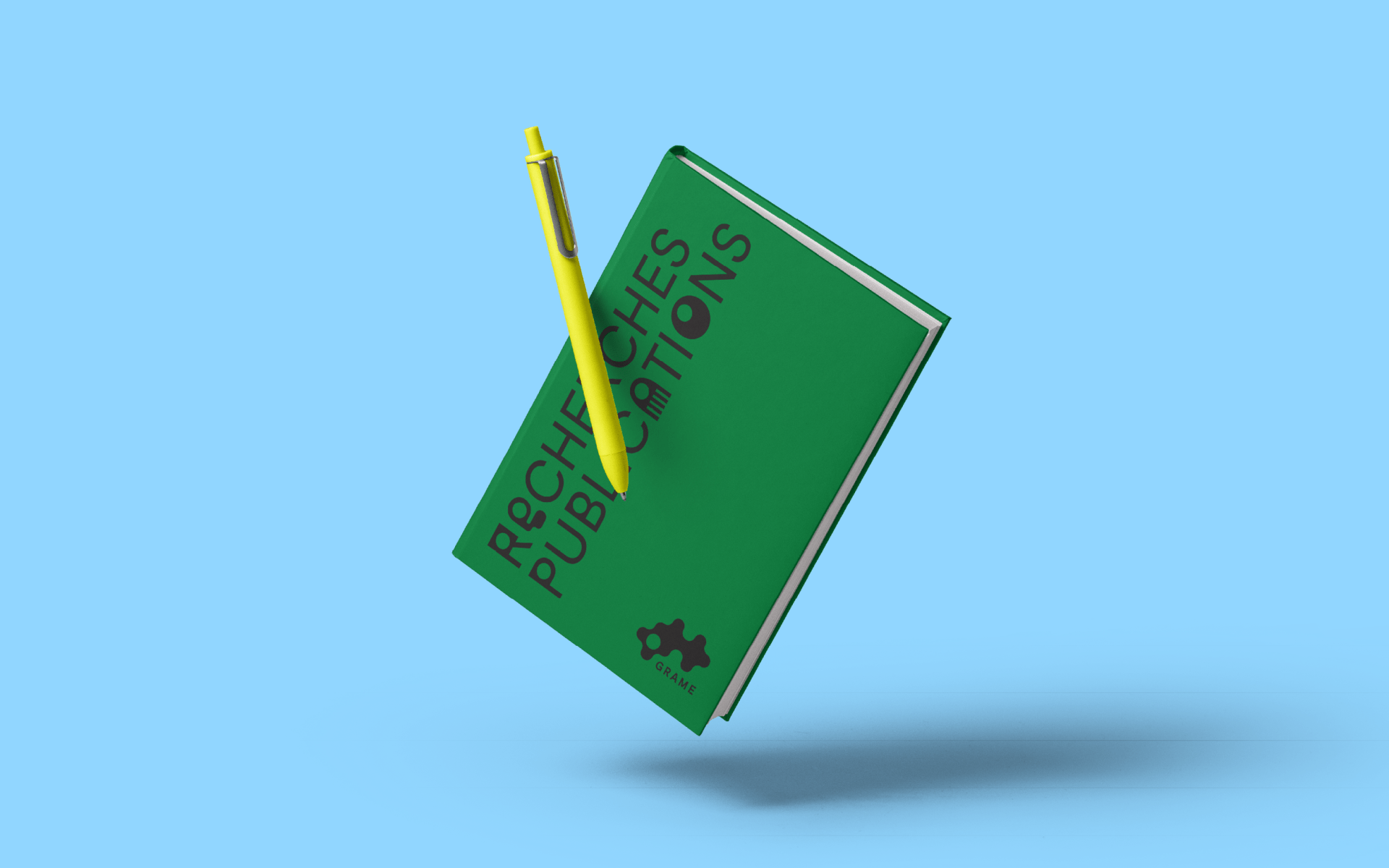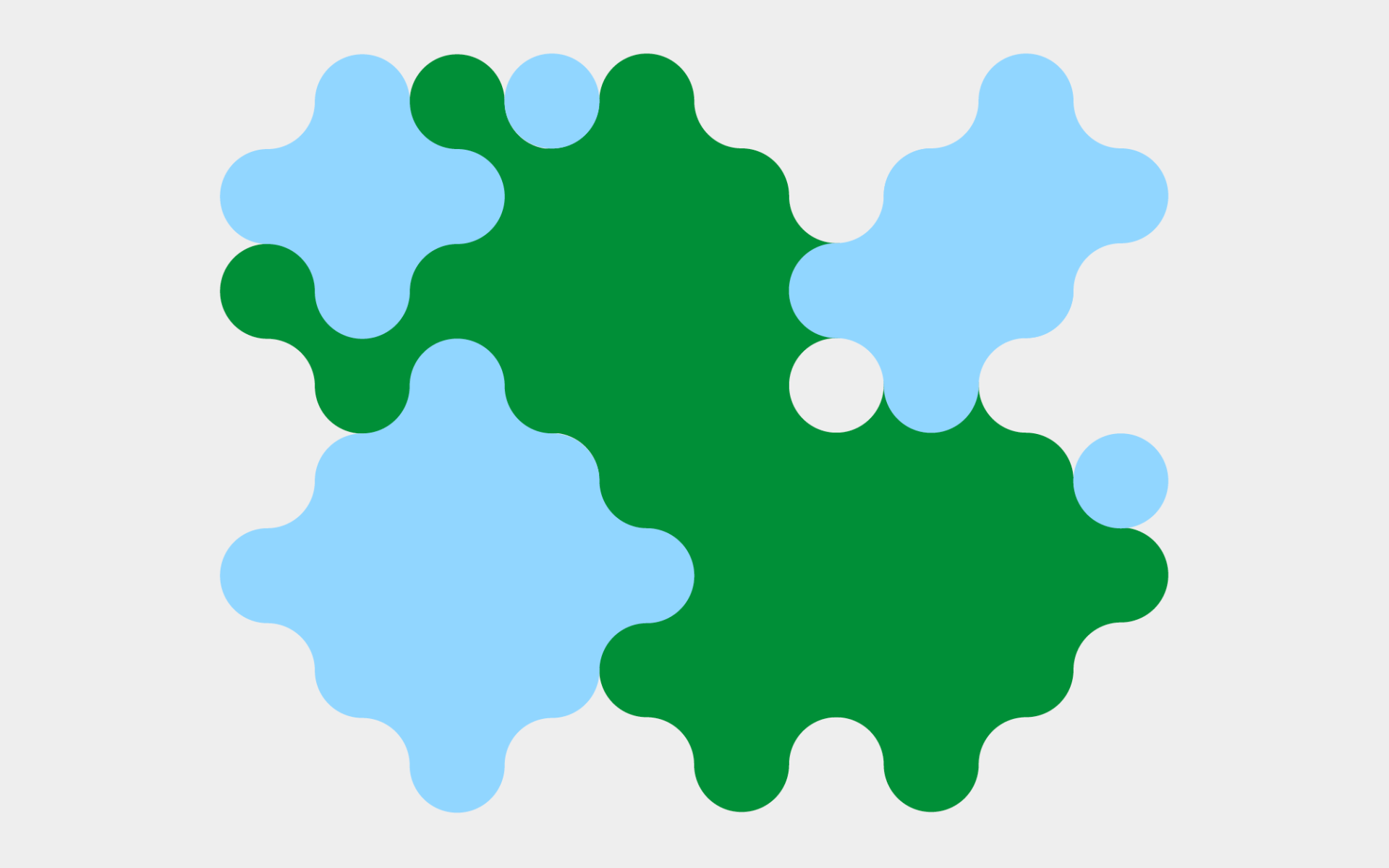

2018
3D Printing and Physical Modeling of Musical Instruments: Casting the Net
Predicting the acoustics of objects from computational models is of interest to instrument designers who increasingly use Computer Assisted Design. We examine techniques to carry out these estimates using a database of impulse responses from 3D printed models and a custom algorithm for mode interpolation within a geometrical matrix. Test geometries are organized as a function of their physical characteristics and placed into a multidimensional space/matrix whos... Lire la suite
Predicting the acoustics of objects from computational models is of interest to instrument designers who increasingly use Computer Assisted Design. We examine techniques to carry out these estimates using a database of impulse responses from 3D printed models and a custom algorithm for mode interpolation within a geometrical matrix. Test geometries are organized as a function of their physical characteristics and placed into a multidimensional space/matrix whose boundaries are defined by the objects at each corner. Finite Element Analyses is integrated into the open-source CAD environment to provide estimates of material vibrations also compared to measurements on the fabricated counterparts. Finally, predicted parameters inform physical models for aural comparisons between fabricated targets and computational estimates. These hybrid methods are reliable for predicting early modes as they covary with changes in scale and shape in our test matrix.
Mots-clés :
Physical modeling, FAUST, 3D
Blender2faust: from drawn 3d objects to physically based sound models
Finite Element Analyses (FEA) was used to predict the resonant modes of the Tsar Kolokol, a 200 ton fractured bell that sits outside the Kremlin in Moscow. Frequency and displacement data informed a physical model implemented in the Faust programming language (Functional Audio Stream). The authors hosted a concert for Tsar bell and Carillon with the generous support of Meyer Sound and a University of Michigan bicentennial grant. In the concert, the simulated Ts... Lire la suite
Finite Element Analyses (FEA) was used to predict the resonant modes of the Tsar Kolokol, a 200 ton fractured bell that sits outside the Kremlin in Moscow. Frequency and displacement data informed a physical model implemented in the Faust programming language (Functional Audio Stream). The authors hosted a concert for Tsar bell and Carillon with the generous support of Meyer Sound and a University of Michigan bicentennial grant. In the concert, the simulated Tsar bell was triggered by the keyboard and perceptually fused with the bourdon of the Baird Carillon on the University of Michigan campus in Ann Arbor.
Mots-clés :
Physical modeling, FAUST, 3D